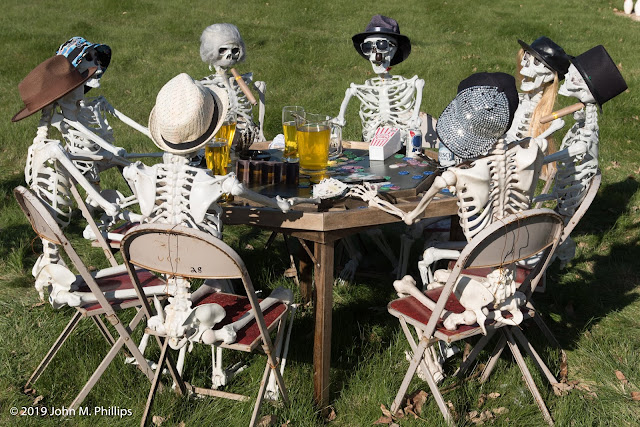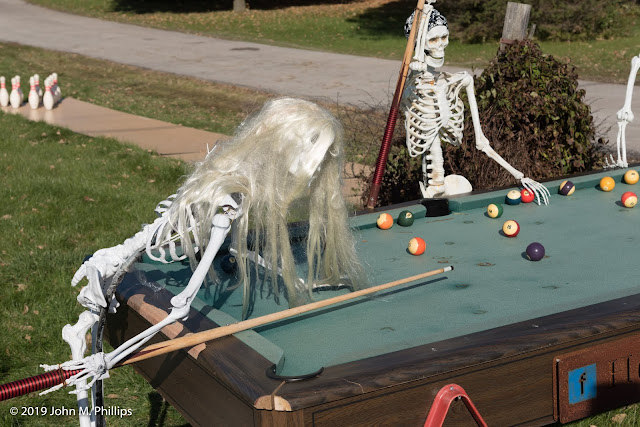As I mentioned in my previous post, the New Mexico Museum of Natural History and Science is just across the street from the Albuquerque Museum (of art and history), and both venues are essentially adjacent to Albuquerque's Old Town district. The science museum is not huge, but it is extremely well organized, fresh, and consistent with current scientific knowledge. It includes exhibits that can appeal to all ages.
We had a couple of hours available for our visit before our flight home from New Mexico and focused on those exhibits that traced the history of the universe, the earth, and life since the Big Bang. We somehow found our way through the exhibits in reverse order chronologically, but it really didn't matter.
Some of the exhibits were aimed more at adults, such as the following regarding theories on the origin of life.
Others address the evidence concerning the earliest known forms of life, from some 3.5 billion years ago.
In addition to well done exhibits concerning the asteroid that led to the devastating extinction event, including the end of the age of dinosaurs, there was also an interesting exhibit on an even bigger extinction event from some 250 million years ago.
New Mexico has been a rich paleontological source, particularly during the age of dinosaurs, and there were plenty of displays of fossils, as well as what appeared to be a working paleontological lab.
There were also aquatic exhibits, both recreated extinct models, as well as living fish.
More recent exhibits included this saber-toothed tiger that I shot in silhouette.
One of the crowd-favorites was a model of an animated dinosaur. Most of the time the model remained "sleeping," just gently waving its tail. But the docents could "wake up" the dino, at which point it would make menacing gestures and sounds, much to the delight of younger visitors.
All in all, a great museum.
John


















































